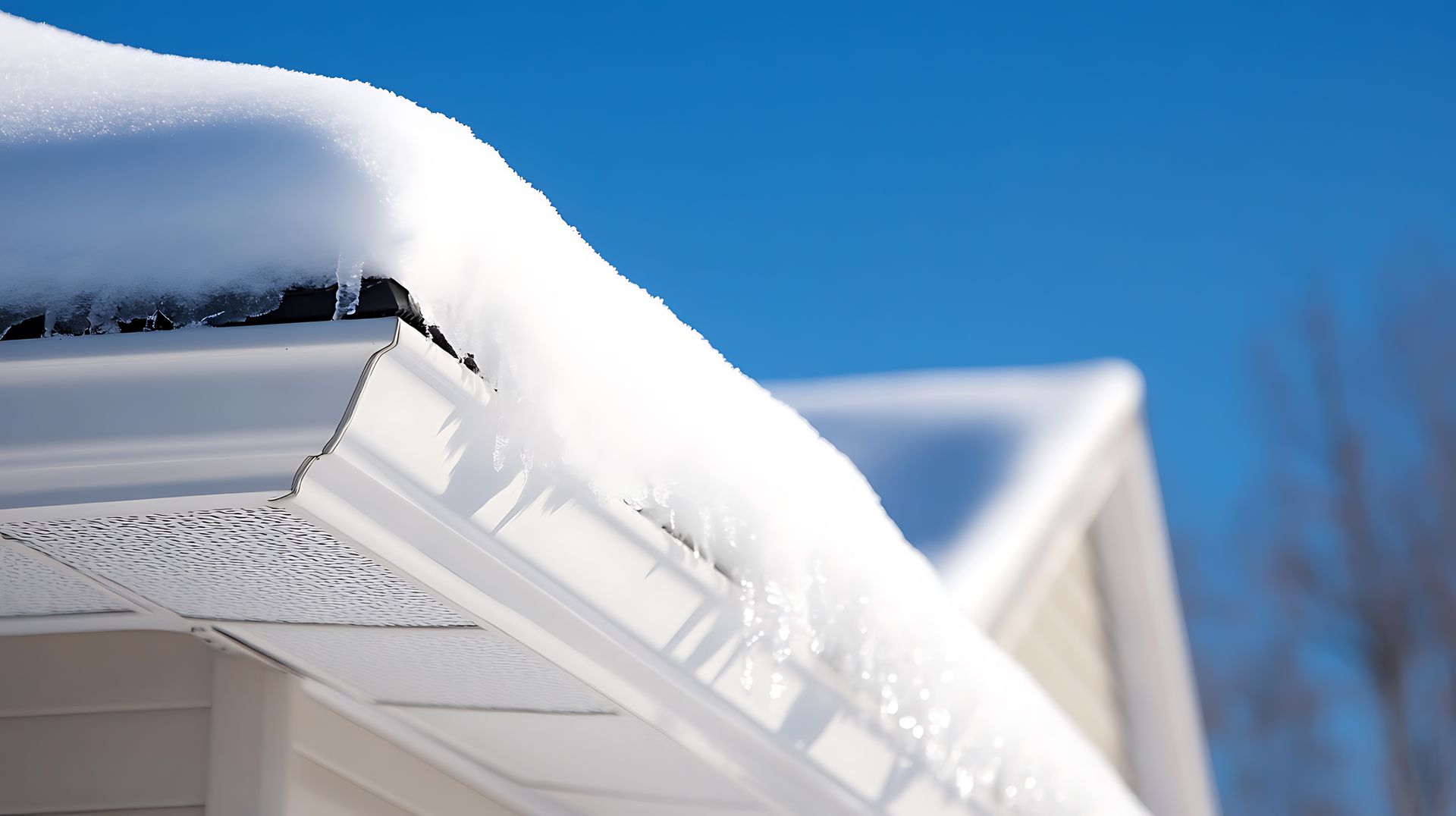Ohio's varied climate, ranging from humid summers to frigid winters, demands homes that are not just structurally sound but also energy efficient. Improving a home's energy efficiency can lead to significant savings on utility bills, enhance comfort, and reduce environmental impact. As a home inspector based in Ohio, I’ve gathered insights and tips on the best practices for boosting energy efficiency in homes, focusing on insulation, window upgrades, and HVAC systems.
Insulation: The First Line of Defense
Insulation plays a pivotal role in maintaining temperature control within a home. Proper insulation can keep the home warm during Ohio's cold winters and cool during the humid summers, reducing the need for constant heating and cooling.
- Attic Insulation: Heat rises, and without adequate insulation in the attic, it can escape, leading to higher heating costs. Ensure that attic insulation meets the recommended R-value for Ohio, ranging from R-30 to R-60, depending on the area and the existing insulation.
- Wall Inscription: Many older Ohio homes may not have sufficient insulation in the walls. Consider a professional inspection to determine if additional insulation can be injected into wall cavities.
- Basement and Crawl Space Insulation: Insulating these areas can prevent cold floors and reduce the chances of pipes freezing in winter.
Window Upgrades: Sealing Efficiency Leaks
Windows are a critical component in energy efficiency. Poorly sealed or outdated windows can lead to significant heat loss and gain, forcing your HVAC system to work harder.
- Energy-Efficient Windows: Consider upgrading to double-glazed or triple-glazed windows with low-E coatings and inert gas fills. These features minimize heat transfer and UV ray penetration.
- Sealing and Weatherstripping: For homes where window replacement isn't an immediate option, ensure that all existing windows are properly sealed and weather-stripped to eliminate drafts.
- Window Treatments: Thermal curtains or cellular shades can also improve a window's insulation, offering a cost-effective supplement to more structural upgrades.
HVAC Systems: Optimizing Home Comfort
The HVAC system is often the largest energy consumer in Ohio homes. Ensuring it runs efficiently is key to reducing energy costs and extending the system's life.
- Regular Maintenance: Have HVAC systems serviced at least once a year to ensure they are running efficiently. This should include checking and replacing filters, inspecting ductwork for leaks, and ensuring the thermostat functions correctly.
- Smart Thermostats: Installing a smart thermostat can lead to significant energy savings. The thermostat automatically adjusts the temperature based on your schedule and preferences.
- Upgrade Inefficient Systems: If your HVAC system is older than 15 years, consider replacing it with a high-efficiency model. Look for ENERGY STAR-rated systems that meet the U.S. Environmental Protection Federal standards for energy efficiency.
Additional Tips for Energy Efficiency
- LED Lighting: Replace all incandescent bulbs with LED bulbs, which use at least 75% less energy and last 25 times longer.
- Energy Audits: Consider getting a professional energy audit to identify areas where energy efficiency can be improved in your home.
Conclusion
From an inspector’s perspective, making Ohio homes more energy-efficient often starts with foundational elements like insulation, windows, and HVAC systems. By focusing on these areas, homeowners can significantly reduce energy consumption, lower utility bills, and improve overall comfort. As energy costs continue to rise and environmental concerns grow, investing in energy efficiency is not just a cost-saving measure but a critical aspect of home maintenance and sustainability.




